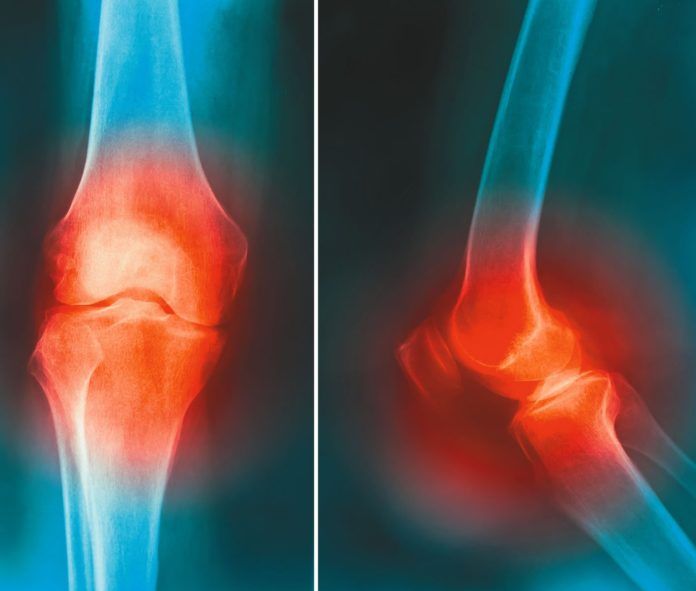Wear-and-tear arthritis (osteoarthritis) breaks down the cushion of cartilage that allows joints to flex without grinding bone-on-bone. As the cartilage breaks down, it brings pain, stiffness and swelling. People with osteoarthritis of the hip or knee may experience pain when walking, but actually walking and other forms of low-impact exercise can help to reduce osteoarthritis symptoms.
“Non-impact loading exercises like walking are generally very good for arthritis,” says Jeffrey S. Zarin, MD, chief of the division of arthroplasty at Tufts Medical Center. “It keeps the joints moving, it keeps the joints strong and, generally speaking, it helps your ability to keep functioning. It also helps diminish inflammation.”
Guidelines from the American Academy of Orthopedic Surgeons strongly endorse therapeutic exercise, both at home and supervised by a physical therapist. In studies reviewed by the AAOS for its recommendations, aerobic exercise and strength training reduced pain and stiffness and improved overall daily functioning.
If you are not currently engaged in an exercise program, talk to the doctor treating your arthritis to establish safe limits. It’s best to start low and go slow, and gradually increase the amount of activity. “The mistake people make is walking too far, too soon,” Zarin says.
Experiencing some pain while walking is not necessarily a sign that something is wrong. “Generally speaking, it’s ok if there’s a little bit of discomfort, but it shouldn’t be making things worse,” Zarin says. “However, if someone has a very damaged joint, then walking could be causing problems.”
Zarin recommends 30 minutes a day of physical activity to his patients who are able to do it. Walking is not the only option. You can also mix brief walks with swimming or water aerobics, low-impact leg raises, muscle-tightening isometric exercises and stretches. It’s important to know your limits. “I encourage people to walk every day if they can, and for the amount that’s comfortable,” Zarin says.
For those who are overweight, weight loss can also make a big difference in osteoarthritis symptoms. “Every pound lost is 3 to 5 pounds of force off your knee or hip,” Zarin says. “Even losing 5 or 10 pounds can make a difference.”

























Is yoga safe for osteoarthritis patients?
I do yoga all the time and it is super helpful. Because of my knees, the only exercise I don’t do is lunges which is a back and forth movement on my knees. That seems to cause pain. Also going upstairs is ok but downstairs hurts.
I am leaning towards an exercise bike before expensing funds would this be a wise investment
I had the same question – is yoga a good way to exercise if one has Osteoarthritis? I take a “Mellow Yellow” class for seniors.
Are there topical remedies for osteoarthritis pain?